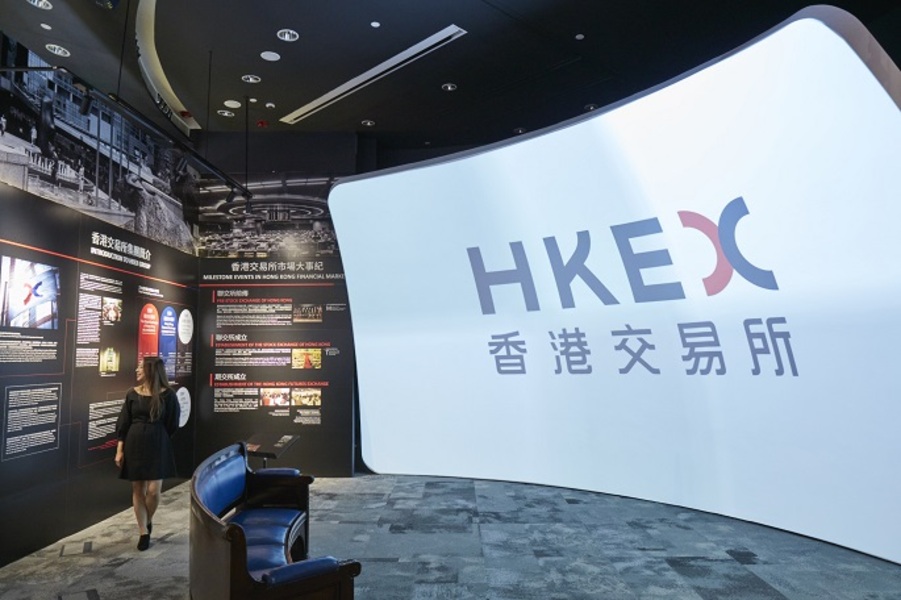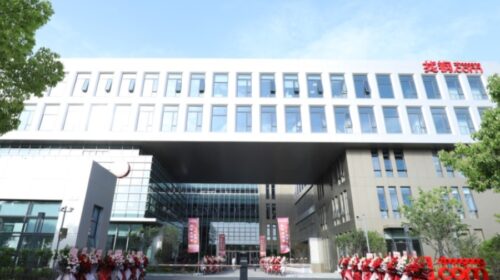Hong Kong Tries Out SPACs, But Small Investors Need Not Apply

Regional financial hub follows New York with plans for a SPAC IPO mechanism, but erects higher barriers to entry
Key Takeaways:
- Hong Kong will launch a SPAC market on Jan. 1, but will only allow professional investors to participate
- Move represents a new listing option as Washington steps up oversight of Chinese companies seeking U.S. IPOs
By Wut Yee
In a highly anticipated answer to the growing popularity of special purpose acquisition companies (SPACs) in the U.S., the Hong Kong Stock Exchange has unveiled its own SPAC mechanism after three months of consultations. The Hong Kong edition of the mechanism is just a tad less edgy than the New York original, but still packs plenty of punch when compared to its regional rival in Singapore. And it’s coming quickly down the pike, with plans to launch Jan. 1.
Despite its short history, the U.S. SPAC market has quickly become all the rage among investors due to its ability to create major listed companies essentially from scratch. One of many cases in point is Churchill Capital IV, a SPAC whose stock leapt more than fivefold in just over a month after it “merged” with Lucid Group (LCID.US).
The trend also saw the launch about a year ago for SPAK ETF (SPAK.US), the first U.S. exchange traded fund for the category. That fund has also helped to break the stereotype of ETFs as a relatively stodgy investment product by gaining around 70% shortly after its launch.
So what exactly is a SPAC? Put simply, it’s an empty, publicly listed shell containing nothing but cash from investors betting on what real-life company will ultimately use such a “blind box” to become publicly traded. The SPAC’s owners, who are also usually major shareholders, then go shopping for a promising company to “merge” into their shell, which then becomes like any other listed company.
Rich guys are in
SPACs were already making headlines in Hong Kong even before announcement of the local SPAC mechanism on Dec. 17, as many of the city’s rich joined the SPAC frenzy in New York. Adrian Cheng, Executive Vice‐chairman of local property giant New World Development (0017.HK), personally owns a SPAC that listed in the U.S. in May and went on to announce a marriage with Prenetics, a Hong Kong unicorn that specializes in genetic testing and diagnostics.
Other second-generation Hong Kong tycoons jumping on the SPAC bandwagon include Richard Li, the younger son of regional property magnate Li Ka-shing, who is behind three public SPACs. Lawrence Ho, son of gambling magnate Stanley Ho, also presides over a U.S.-traded Chinese entertainment SPAC.
Joining in the frenzy, Singapore debuted its own SPAC mechanism in September. That led Hong Kong, not wanting to be one-upped by its regional rival, to announce its own intent to enter the market the same month, which resulted in the recently unveiled final plan after three months of consultations.
Under Hong Kong’s regulations, only professional institutional investors can subscribe to and trade in SPAC shares before they are merged with a real company with a real business. At least 20 related investors are required to invest in each SPAC. Money raised in their IPOs should be at least HK$1 billion, and SPAC sponsors should hold at least 10% of the total shares.
High threshold
Compared with Hong Kong’s relatively tough requirements, Singapore has taken a laxer approach by making SPACs available to small retail investors and setting a relatively low minimum valuation at just S$150 million ($110 million). Singapore’s threshold requiring SPAC sponsors to subscribe at least 2.5% to 3.5% of the SPAC company shares is also much lower than Hong Kong’s standard.
Minimum requirements for U.S. SPACs are even lower. Setting up a SPAC in the U.S. is a simple process that costs just $25,000. New SPACs can submit their IPO applications to the U.S. Securities and Exchange Commission (SEC) three or four weeks after their inception, and go public 15 days after that application is approved.
Accordingly, Hong Kong set its high barrier of entry to ensure that all SPACs that go public on its stock exchange are good ones, said Christopher Hui, secretary for financial services and the treasury. He added the top priority is to promote quality development of the market, which will be off-limits to retail investors for now.
Hong Kong is using SPACs as an alternative to the traditional IPO option, not a replacement, said Bonnie Chan, head of listing of the Hong Kong Stock Exchange, adding that each option has its own distinct advantages. She added that tightening SPAC regulations in other markets suggests that Hong Kong’s focus on attracting high-quality SPACs was the way to go.
Despite the hype, the SPAC mechanism won’t help the recent trend of U.S.-listed Chinese companies looking to make second listings in Hong Kong. That’s because SPACs are only allowed to purchase private companies with legitimate business, which would rule out companies that already have a listing somewhere else.
Strong liquidity will be one of the most important elements for any SPAC market to gain momentum. But Hong Kong’s limitation of SPAC investment to professional investors almost ensures that its market won’t enjoy much liquidity before a private company is formally introduced into the shell.
Once a SPAC swallows up its target company, all the restrictions go away and the merged company is treated the same as any other public company. Therefore, the success of the SPAC process will hinge on whether the target company, and by extension the merged company, are attractive to investors.
Take Grab (GRAB.US), the Southeast Asian ride-hailing service company, for example. Unlike most Southeast Asian companies that often go public in Singapore, the company successfully floated its shares in the U.S. by merging with a U.S. SPAC, as it sought the higher liquidity and visibility of a U.S. listing.
At the end of the day, Hong Kong’s new SPACs, despite their higher thresholds, will offer a viable listing alternative for Chinese companies that may have traditionally sought U.S. listings that are now getting more scrutiny from both Beijing and Washington
Mainland Chinese companies already generally get good valuations when they list in Hong Kong. Now the introduction of SPACs as a new listing alternative can help to save them money and time, potentially making Hong Kong IPOs even more attractive.
To subscribe to Bamboo Works free weekly newsletter, click here





